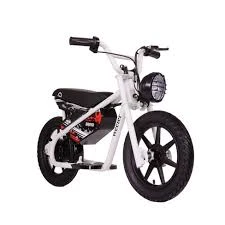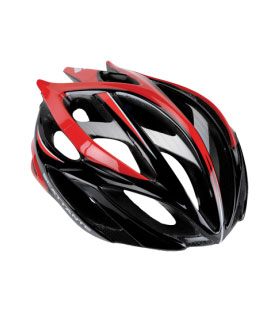Feb . 20, 2025 01:00 Back to list
how to adjust front derailleur on mountain bike


Cable tension is the next critical element. With a barrel adjuster, fine-tune the tension to eliminate slack when the shifter is in the lower gear position. Lack of proper tension might result in delayed or inaccurate shifts. It's often helpful to shift through the gears, both up and down, to identify any areas requiring further adjustment. For mountain bikers tackling diverse terrains, optimal chain line is also an aspect of significant importance. A misaligned chain can cause the dreaded chain drop – an issue easily remedied by ensuring the derailleur is correctly aligned and the limits are precisely set. Remember to recheck your adjustments periodically, especially after a significant ride, as cable tension can change with time and usage. In undertaking these adjustments, it's vital to pay attention to the brand and specific model of your bike's derailleur, as minute differences can impact the process. Manufacturers often provide model-specific diagrams or guidelines which should be adhered to for best results. Overall, adjusting a front derailleur requires patience and precision, but the payoff is a smooth and efficient ride that maximizes both performance and enjoyment. Trust in the process and your ability to master these technical adjustments. In instances where obstacles persist, consulting a professional or seeking advanced tutorials can also provide clarity and resolution.
-
In-Depth Guide to Ebike Frames: Design, Use & Future Trends
NewsNov.25,2025
-
Discover Top E Bike Brand Insights, Specs & Future Trends | Yanline Bike
NewsNov.24,2025
-
Green E Bike – The Future of Sustainable Urban Mobility
NewsNov.24,2025
-
Ruffian eBike: Durable, Efficient Electric Bikes for Modern Mobility
NewsNov.23,2025
-
Comprehensive Guide to the Global E Bike Market and Future Trends
NewsNov.23,2025
-
Understanding Electric Bicycle Range: A Complete Guide for Smarter E-Bike Use
NewsNov.22,2025
-
Ceron Electric Bike – Efficient, Sustainable Urban Mobility Solutions
NewsNov.22,2025




